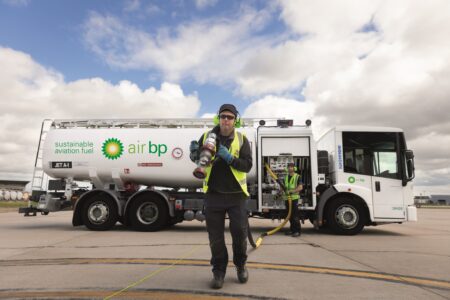Brian Foley, president of aviation consultancy Brian Foley Associates, explores the health of the business jet sales market.
Worldwide business jet deliveries have remained remarkably flat since 2011, averaging 692 units per year with a standard deviation of just 25 units. Statistically there’s a pretty good chance that 2017 results will also fall within that same narrow band, as will 2018. This trend has not been random but rather a symphony of equal and opposite market forces holding deliveries in tight equilibrium.
Many believe that the market won’t have fully recovered from the financial crisis until deliveries return back to lofty 2008 levels. That peak should be considered an anomaly and not some recovery benchmark. Today’s market is in fact normalized and sustainable with supply equalling demand, meaning it’s technically been recovered for some time now.
A combination of factors has kept the market from retreating over the last several years. The North American market – the largest for business aviation – has been on a sustained economic recovery that has aided sales. Stock markets, corporate profits, GDP and confidence have all risen, while pre-owned inventory has contracted.
Overseas, the falling US dollar has made business jets a better deal in local currency, and in Europe the stock markets have largely recovered to their pre-recession highs. Business jet utilization has also risen. According to the Federal Aviation Administration (FAA), in the USA the number of monthly business jet take-offs and landings has risen steadily since the recession and is now within 6% of its previous peak.
These positive forces have been offset in an equal and opposite direction by weakness in emerging markets that were particularly hard hit by falling commodity prices and, in the case of China, austerity measures. These trends seem to have stabilized, and China’s mainland fleet began growing again last year, according to business aviation market research firm AMSTAT.
Residual values of business jets, once standouts in their ability to maintain or even gain in value, now behave like traditional capital goods and depreciate not much differently than a refrigerator or a car. For many years, demand exceeded supply resulting in very favorable residual value behavior. With 22,000 business jets now actively flying around the world, they’ve become more of a commodity.
Perhaps the most profound market constraint has been the heightened interest in flying privately without buying an aircraft. Membership programs have grown exponentially, allowing users to summon aircraft on their smartphones. This is reflective of a new generation willing to pay a premium to have access to an experience such as private air travel on an as-needed basis without committing to ownership. This has the effect of increasing the utilization of existing jets rather than driving new aircraft sales.
The market will continue to be relatively flat for the next couple of years. After that, new airplane models come online that will stimulate the market. Many of these new products are in the expensive, large cabin category which has been lagging lately. This will help that segment regain while lifting the overall billings of the business jet market meaningfully.
January 29, 2018




